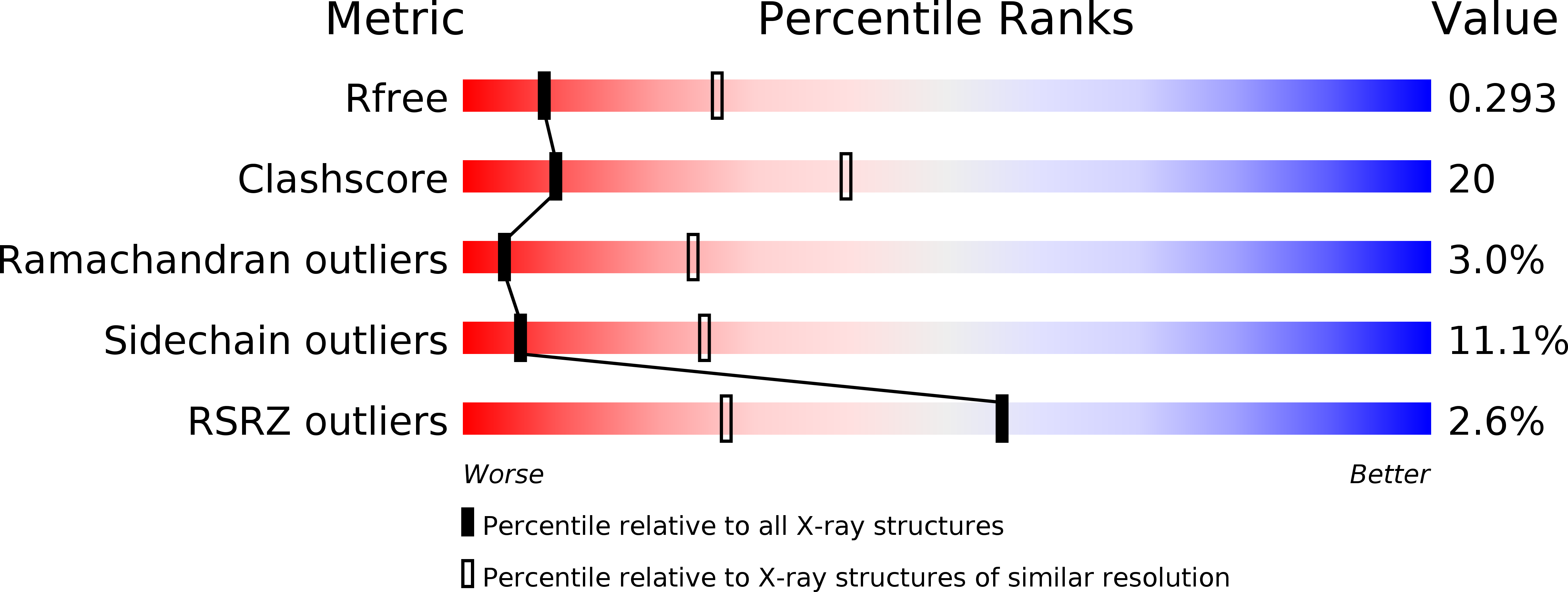
Deposition Date
2012-09-04
Release Date
2013-01-09
Last Version Date
2024-02-28
Entry Detail
PDB ID:
4GXP
Keywords:
Title:
Chimeric Family 1 beta-glucosidase made with non-contiguous SCHEMA
Biological Source:
Source Organism:
Thermotoga maritima (Taxon ID: 243274)
Trichoderma reesei (Taxon ID: 51453)
Trichoderma reesei (Taxon ID: 51453)
Host Organism:
Method Details:
Experimental Method:
Resolution:
3.00 Å
R-Value Free:
0.29
R-Value Work:
0.23
R-Value Observed:
0.24
Space Group:
P 31 1 2


